Benefit for the heat consumer: using heating meters for an apartment
You are viewing the section Counters, located in the large section In the apartment.
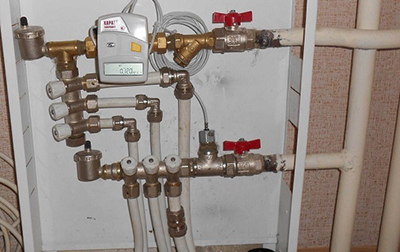
Federal Laws No. 261, 41 They say that in order to save energy consumption, owners of apartment buildings can install a common house meter.
Each resident can install a metering device in their apartment that will record their individual heat consumption.
If meters are not installed, energy consumption will be calculated based on state standards. taking into account the increasing coefficient.
Content
Purpose of an individual heat meter in an apartment building
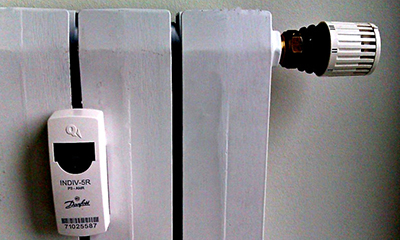
An apartment heat meter is a small device for recording heat consumption, which is inserted into a pipe. The heating meter allows you to determine three parameters consumption:
- Total volume of coolant (hot water from the boiler station), which entered the apartment within a certain time.
- Temperature at the entrance to the heating pipe.
- Temperature of the coolant at the exit from the apartment.
These indicators are used to calculate heat consumption — the main indicator of heat supply of the apartment. Units of measurement — gigacalories, which are recalculated taking into account the time period (for example, the gigacalories per month indicator is used to standardize housing and communal services).
Is it profitable or not and can it be installed near the battery?
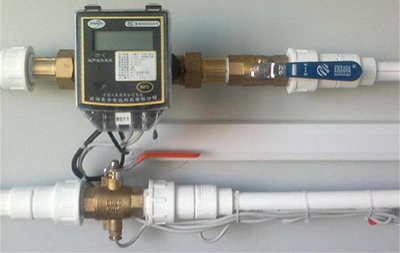
Installing the counter allows reduce heating costs. To understand whether this is profitable or not, let's first look at the heating supply scheme for the house:
- Water is used as a coolant. The water is heated in a local boiler room or thermal power plant, then supplied through pipes into the house through a single large pipe.
- Water enters the basement of a multi-story building. Then the coolant is divided into streams using pipes as the water passes through one floor or another (for example, when passing through 1 floor part of the water goes into the apartment of the residents of this floor, while the rest of the water rises higher). Each flow passes through its own pipes and radiators, then the cooled coolant returns through the drain pipes.
- The cooled coolant enters the basement and then returns to the thermal power plant or boiler room. The cycle repeats.
If the meter is not installed, the water is simply distributed among all residents of the house. After installing the meter, it is possible to separate the general consumption of heat from personal, which leads to money savings.
Attention! In the absence of a meter in the apartment and in the house, the consumer will pay for heat in accordance with state regulations, which are even stronger distort the actual heat consumption.
Criteria for choosing a heat meter for an apartment
When choosing a device, you need to consider all the advantages and disadvantages of meters of one type or another, and the purchase of the device must be justified from an economic point of view. Let's consider the main cases:
- It needs to be installed in the apartment vortex, electromagnetic or mechanical counter, which will be used as the main metering device.
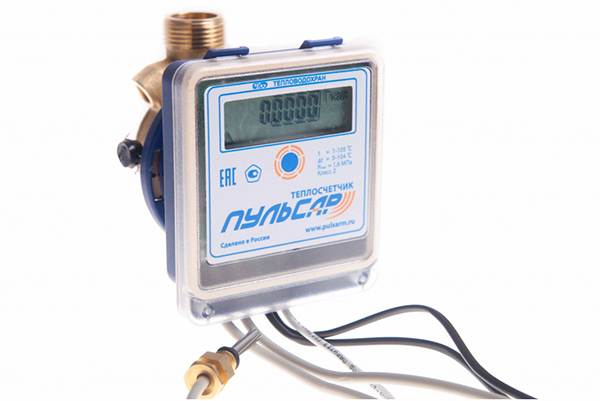
Photo 1. Mechanical heat meter Pulsar, equipped with a touch button, display, self-diagnostic function.
- In an apartment building, you can install it on the incoming pipe ultrasonic device, to know how much water comes into the house. Ultrasonic is good because it has high accuracy and a long service life.
Attention! If dirty water is used as a heat carrier, it is recommended to use an electromagnetic or vortex meter, since these devices tolerate water pollution.
Types of apartment heat meters
| Counter type | Operating principle | Advantages | Flaws |
| Mechanical | The design of the device includes a rotating element (rotor), a computing unit and a thermometer. It rotates under the action of water pressure, and the number of rotations per second indicates the volume of the coolant. | Easy to use, low price. | The filter needs to be installed; the device may break under mechanical stress. |
| Electromagnetic | The device generates an electric field that changes under the action of water pressure, and the intensity of the changes indicates the amount of liquid in the pipe. In addition, the electric field records the temperature of the coolant. | Excellent functionality: there is a mechanical screen for displaying readings; high measurement accuracy; can be mounted on various sections of the pipe. | High price; will quickly become unusable if the water contains a large number of metal particles; requires periodic cleaning. |
| Vortex | A small obstacle device is placed in the pipe, which is connected to the main meter. Under the action of water pressure, the obstacle creates vortices, information about which is transmitted to the metering device. The speed of rotation and the number of vortices indicate the volume of liquid that passes through the pipe. | Withstands water pollution; high accuracy; relatively low price; can be mounted both vertically and horizontally. | If there are a large number of air bubbles in the system, the device will begin to work incorrectly. |
| Ultrasonic | An ultrasonic wave emitter and receiver are installed in the pipe. Water, when passing through the pipe, distorts the passage of ultrasonic waves and the volume of water is determined by the nature of the distortion. | High precision; excellent functionality and long shelf life. | It is necessary to install a filter, since dirty water makes the meter readings incorrect. |
Installation and connection stages
- Order design documentation from the company that does the installation.
- Collect the documents (passport, title documents for the apartment and design documentation) and contact the utility service to coordinate the installation of the meter.
- If approved, contact the company that will install the meter in accordance with the design documentation.
- Please contact your utility service again to register the device. (without completing this procedure the device will be considered invalid).
Reference! To do this, you need to invite a utility service employee to your home to inspect the heat meter, performed verification and put a seal.
How is the heating bill calculated? Calculation rules
- Energy consumption data is provided every month based on heat meter data.
- Based on these indicators, the housing and communal services organization makes calculations according to the tariff plan.
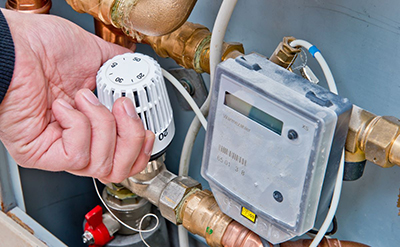
If a person forgot to submit information, then the housing and utilities organization calculates the average energy consumption based on the latest indicators.
- A housing and utilities worker brings a receipt for payment to a consumer (don't forget that the payment document includes information about personal expenses, as well as data on the total costs of heating the house, calculated per each resident of the apartment).
Useful video
The video explains why it is more profitable to install a heating meter and not pay according to state standards.
Checking the readings
A controller comes to the consumer periodically. This person checks the integrity of the seal and the correctness of the transmitted data. If the owner is not at home during the inspection, he must contact the housing and communal services organization himself so that agree with the controller on the time and date for taking readings. If the inspector discovers a broken seal, the owner will be fined and the meter itself will be dismantled.

Comments